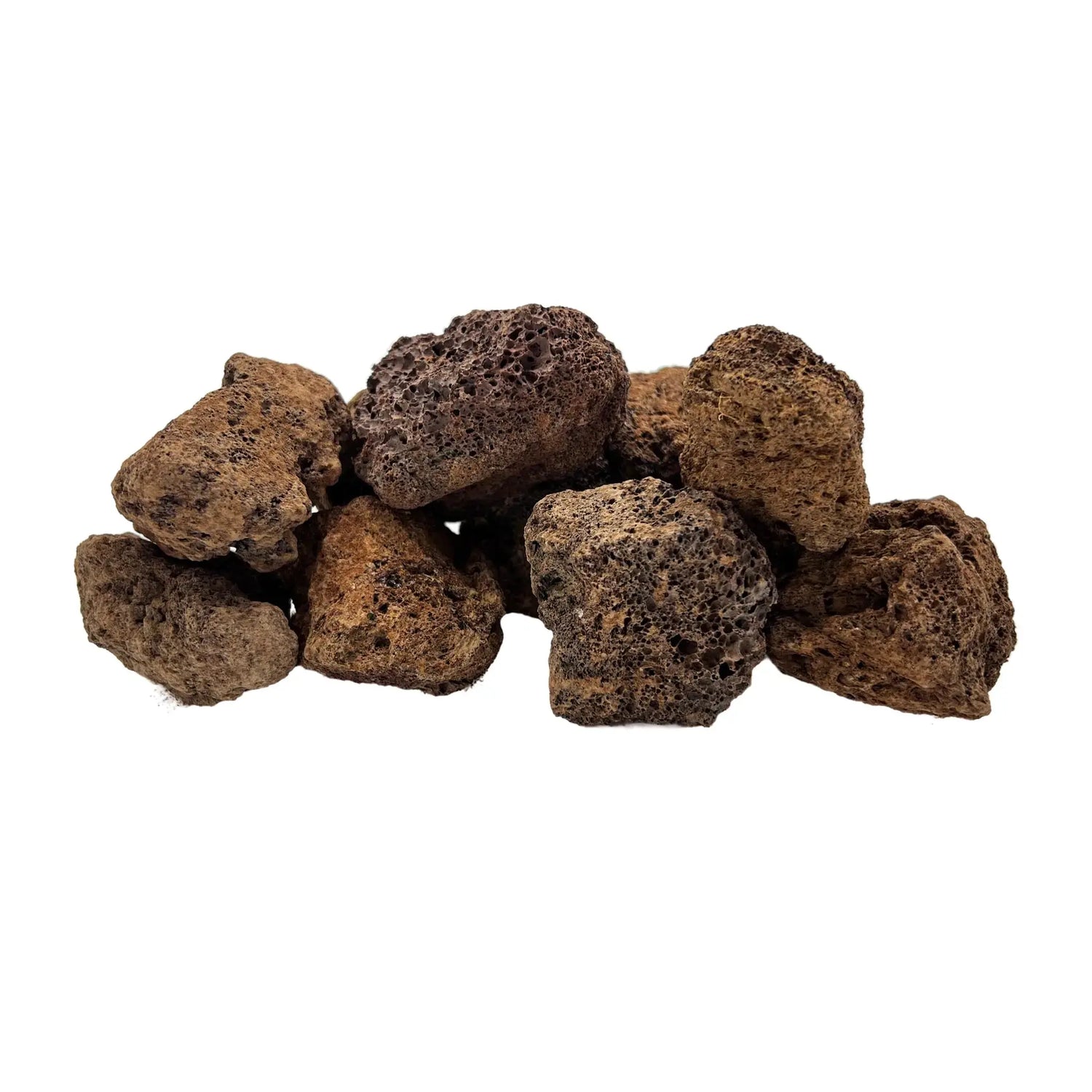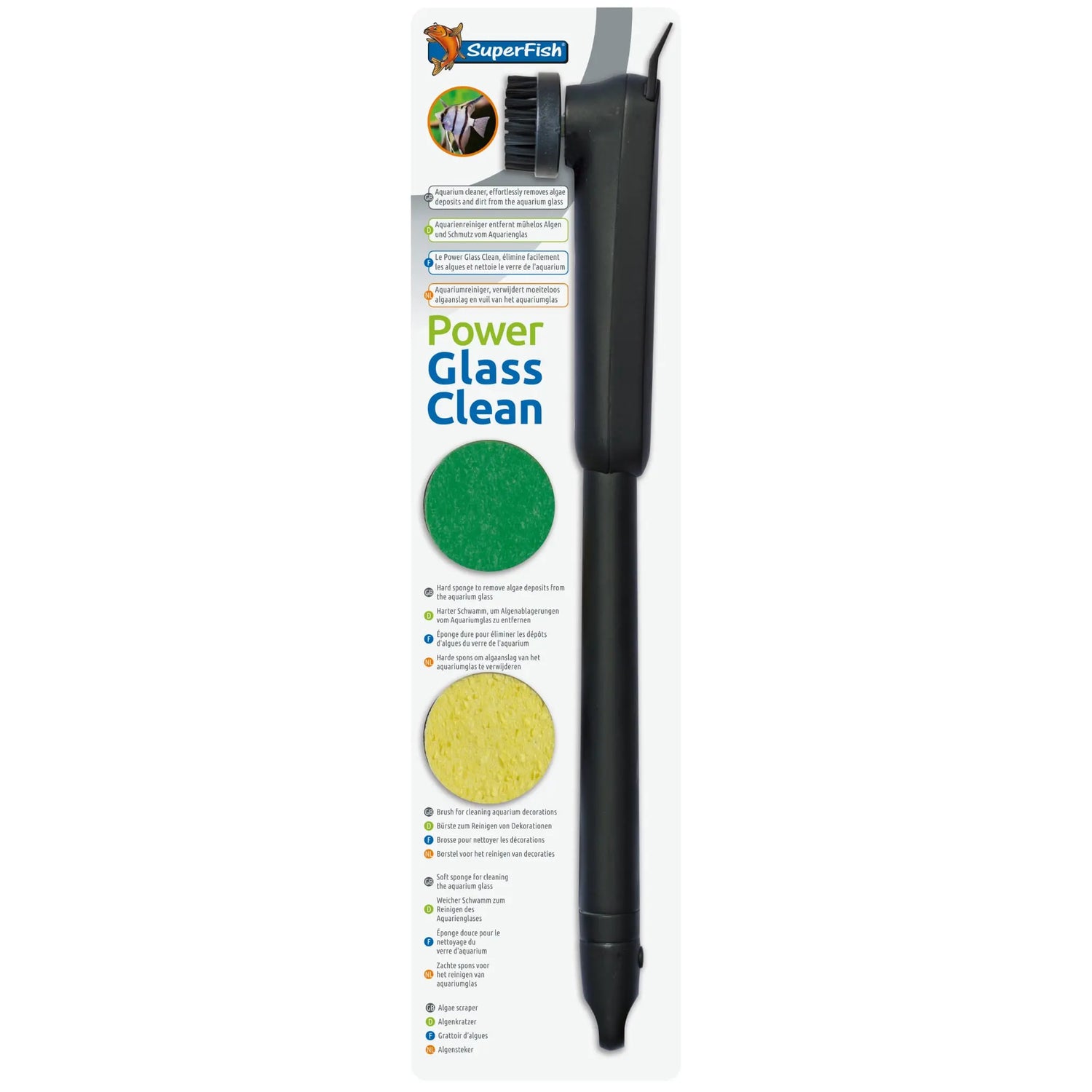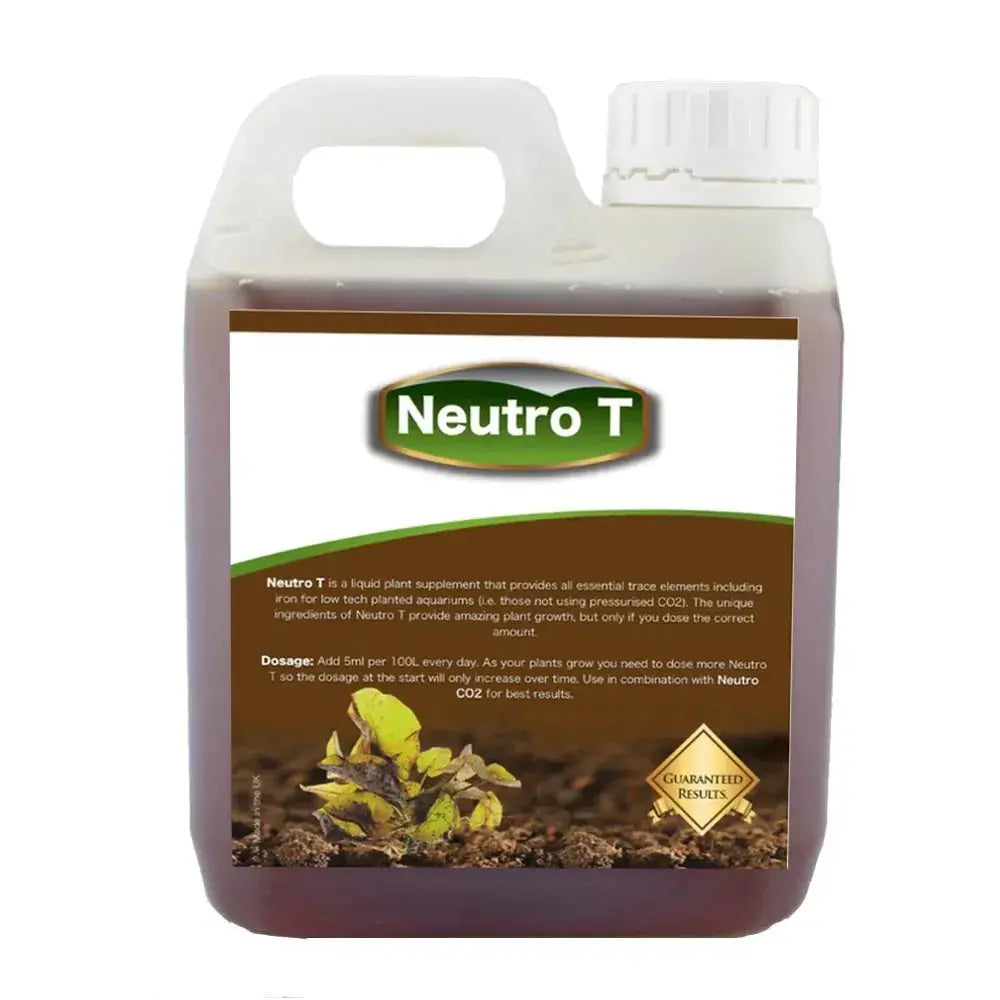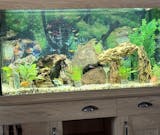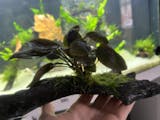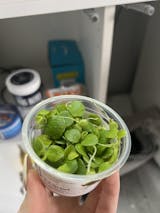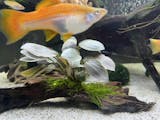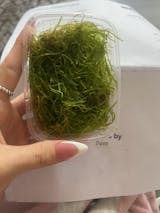From understanding the different types of plant food to choosing the right nutrients for your specific plants, we've got you covered. We'll also explore the benefits of using plant food in your fish tank, including improved water quality, enhanced aesthetics, and a healthier environment for your fish. Plus, we'll share some expert tips and tricks to help you get the most out of your plant food and achieve stunning results. So, let's dive in and make your fish tank the envy of all aquarists!
Importance of Using Plant Food in Aquariums
Maintaining a healthy aquatic ecosystem in your fish tank goes beyond just providing water and food for your fish. Plants play a crucial role in balancing the ecosystem by absorbing excess nutrients, producing oxygen, and providing hiding spots for fish. However, to ensure your plants thrive and contribute to the overall well-being of your aquarium, it's essential to provide them with the necessary nutrients through plant food.
Using plant food in your aquarium not only promotes plant growth but also helps in preventing algae overgrowth by outcompeting them for nutrients. Additionally, plant food aids in maintaining water quality by reducing the levels of ammonia, nitrates, and phosphates, which can be harmful to fish if they accumulate in high concentrations. By incorporating plant food into your aquarium maintenance routine, you can create a more stable and visually appealing underwater environment for your aquatic pets.
Ensuring that your aquatic plants receive the required nutrients is vital for their overall health and growth. Without a proper supply of essential nutrients, plants may become stunted, discolored, or prone to diseases, affecting the aesthetics of your fish tank. Plant food serves as a convenient way to provide plants with a balanced diet of macro and micronutrients, promoting robust growth and vibrant colors. By incorporating plant food into your aquarium care regimen, you can enhance the beauty of your underwater landscape and create a more natural habitat for your fish.
In addition to promoting plant growth and enhancing water quality, using plant food in your aquarium can also have a positive impact on the behavior and well-being of your fish. A well-planted tank with healthy vegetation provides fish with shelter, breeding sites, and grazing areas, mimicking their natural habitat. By fostering a more natural environment through the use of plant food, you can help reduce stress levels in fish, encourage natural behaviours, and promote overall fish health and vitality.
When it comes to selecting plant food for your aquarium, you'll encounter various types of products designed to meet the specific nutritional needs of aquatic plants. Understanding the differences between these plant food options can help you choose the most suitable one for your plants and achieve optimal growth and vitality. Some common types of fish tank plant food include liquid fertilizers, root tabs, and substrate additives.
Liquid fertilizers are a popular choice for providing essential nutrients to aquarium plants as they are easy to use and quickly absorbed by the plants through their leaves and roots. These fertilizers typically contain a blend of macro and micronutrients, including nitrogen, phosphorus, potassium, iron, and trace elements, essential for healthy plant growth. Liquid fertilizers are often added to the aquarium water on a regular basis to replenish nutrients that may be depleted over time, ensuring that plants have access to all the necessary elements for robust growth and development.
Root tabs are another type of plant food that are specifically designed to supply nutrients directly to the plant roots. These small tablets or capsules are placed into the substrate near the plant roots, where they slowly release essential nutrients, promoting strong root development and lush growth. Root tabs are ideal for plants with heavy root systems or those that primarily absorb nutrients through their roots. By strategically placing root tabs around root-heavy plants or those with high nutritional requirements, you can target-feed these plants and support their overall health and vitality.
Substrate additives are plant nutrients that are incorporated into the aquarium substrate to provide a long-lasting source of nutrients for rooted plants. These additives are typically in the form of granules or pellets that are placed at the bottom of the tank before adding the substrate or mixed directly into the substrate layer. Substrate additives release nutrients gradually over time, ensuring a steady supply of essential elements for root development and plant growth. By enriching the substrate with nutrients, you can create a nutrient-rich environment for rooted plants to thrive and establish a strong root system.
Selecting the right fish tank plant food for your aquarium plants involves considering various factors to ensure that your plants receive the necessary nutrients for healthy growth and development. By understanding these factors and tailoring your plant food choice to meet the specific requirements of your plants, you can create an optimal environment that promotes lush vegetation and a thriving aquatic ecosystem. Some key factors to consider when choosing fish tank plant food include the nutrient requirements of your plants, the type of plants in your aquarium, and the overall maintenance routine of your tank.
One of the essential factors to consider when selecting fish tank plant food is the nutrient requirements of your aquatic plants. Different plant species have varying needs when it comes to nutrients, with some plants requiring more nitrogen, phosphorus, or iron than others. By identifying the specific nutrient requirements of your plants, you can choose a plant food product that provides the necessary elements in the right proportions to support healthy growth and vibrant colors. Understanding the nutrient preferences of your plants can help you avoid deficiencies or excesses that may negatively impact plant health.
The type of plants in your aquarium also plays a significant role in determining the most suitable plant food for your tank. For example, rooted plants with extensive root systems may benefit more from substrate additives or root tabs that deliver nutrients directly to the roots. On the other hand, floating or stem plants that primarily absorb nutrients through their leaves may thrive with regular doses of liquid fertilizers applied to the water column. Tailoring your plant food choice to the specific needs of your plant species can ensure that each plant receives the required nutrients for optimal growth and vitality.
In addition to considering the individual nutrient requirements of your plants and their specific types, it's essential to factor in your overall maintenance routine and aquarium setup when choosing fish tank plant food. If you have a heavily planted tank with high light levels and CO2 supplementation, your plants may have increased nutrient demands compared to a low-tech setup with minimal lighting. By adjusting your plant food regimen to reflect the conditions of your aquarium, you can provide your plants with the right balance of nutrients to support healthy growth and prevent nutrient imbalances that can lead to algae issues or plant deficiencies.
Ensuring that your fish tank plants receive the necessary nutrients from plant food involves adopting effective feeding techniques and incorporating plant food into your regular aquarium maintenance routine. By following best practices for using fish tank plant food, you can promote healthy plant growth, vibrant colors, and a balanced aquatic ecosystem that benefits both your plants and fish. From dosing guidelines to application methods, understanding how to use fish tank plant food effectively is key to maximizing the benefits for your aquarium plants.
One of the fundamental steps in using fish tank plant food effectively is to establish a regular feeding schedule based on the needs of your plants and the type of plant food you're using. Whether you're using liquid fertilizers, root tabs, or substrate additives, consistency is key to providing plants with a steady supply of nutrients for continuous growth. By following the recommended dosing instructions provided by the manufacturer or adjusting the feeding frequency based on plant response, you can ensure that your plants receive the right amount of nutrients to thrive without overloading the water with excess nutrients.
Incorporating fish tank plant food into your aquarium maintenance routine involves considering the specific requirements of your plants and the nutrient levels in your tank. For rooted plants that benefit from substrate additives or root tabs, placing the nutrients directly in the root zone can enhance nutrient uptake and support healthy root development. Conversely, for plants that primarily absorb nutrients through their leaves, applying liquid fertilizers to the water column can ensure rapid nutrient uptake and distribution throughout the plant. By tailoring the application method to the needs of your plants, you can optimize nutrient delivery and promote robust growth.
Monitoring the growth and health of your aquarium plants is essential for gauging the effectiveness of your plant food regimen and making adjustments as needed. Regularly inspecting your plants for signs of nutrient deficiencies, such as yellowing leaves, stunted growth, or algae overgrowth, can help you identify any issues early and address them promptly. By observing plant behavior and growth patterns, you can fine-tune your plant food dosage, application frequency, and nutrient balance to meet the changing needs of your plants as they grow and develop. Adjusting your plant food strategy based on plant response can help you achieve optimal plant health and a thriving underwater garden.
Feeding your aquarium plants with the right nutrients is essential for ensuring their health and vitality, as well as maintaining a balanced ecosystem in your fish tank. By following best practices for feeding plants in your aquarium, you can promote lush growth, vibrant colors, and a thriving underwater landscape that benefits both your plants and fish. From nutrient dosing to plant placement, incorporating these best practices into your plant care routine can help you achieve stunning results and create an aesthetically pleasing aquatic oasis.
One of the key best practices for feeding plants in your aquarium is to establish a regular feeding schedule that aligns with the nutrient requirements of your plants. Different plant species have varying needs when it comes to nutrients, with some plants requiring more frequent or higher doses of nutrients than others. By researching the nutrient preferences of your plants and following a consistent feeding schedule, you can provide plants with a steady supply of essential elements for healthy growth and development. Maintaining a regular feeding routine can help prevent nutrient deficiencies or excesses that may hinder plant growth and lead to health issues.
When feeding your aquarium plants, it's important to consider the placement of nutrients within the tank to ensure that all plants receive adequate nourishment. For rooted plants, such as swords or crypts, placing root tabs or substrate additives near the plant roots can promote strong root development and robust growth. Floating or stem plants, on the other hand, may benefit from liquid fertilizers applied directly to the water column, allowing for efficient nutrient uptake through their leaves. By strategically positioning nutrients based on plant type and nutrient absorption methods, you can tailor your feeding approach to meet the specific needs of each plant species.
In addition to providing plants with the necessary nutrients, it's essential to maintain proper water parameters and lighting conditions to support healthy plant growth. Adequate lighting is crucial for photosynthesis, the process by which plants convert light energy into chemical energy, fueling their growth and metabolism. Ensuring that your plants receive the right amount of light for their species and growth stage can help them thrive and exhibit vibrant colors. Additionally, monitoring water quality parameters, such as pH, temperature, and nutrient levels, can help you identify any imbalances that may affect plant health and growth. By creating an optimal environment with ideal lighting and water conditions, you can set the stage for successful plant growth and a flourishing aquatic ecosystem.
While using plant food in your aquarium can offer numerous benefits for your aquatic plants and fish, you may encounter occasional challenges or issues that require troubleshooting to maintain a healthy underwater environment. From nutrient deficiencies to algae outbreaks, understanding how to identify and address common problems related to fish tank plant food can help you overcome obstacles and ensure the long-term success of your planted aquarium. By recognizing the signs of potential issues and implementing targeted solutions, you can effectively resolve problems and create an optimal habitat for your plants and fish.
One common issue that aquarists may encounter when using fish tank plant food is nutrient deficiencies in plants, which can manifest as yellowing leaves, stunted growth, or poor overall plant health. Nutrient deficiencies often result from imbalances or inadequacies in the nutrient supply to plants, leading to visible symptoms that indicate the lack of essential elements. To address nutrient deficiencies, it's crucial to identify the specific nutrient lacking in the plants and adjust your plant food regimen accordingly. By supplementing the deficient nutrient through targeted fertilization or adjusting the dosing frequency, you can help plants recover and regain their health and vitality.
Another common challenge associated with fish tank plant food is the onset of algae overgrowth, which can outcompete aquatic plants for nutrients and light, leading to poor plant growth and water quality issues. Algae thrive in environments with excess nutrients and light, making them a common problem in aquariums with imbalanced nutrient levels or insufficient plant coverage. To combat algae outbreaks, it's important to address the root cause of the issue by adjusting your plant food regimen to promote plant growth and outcompete algae for nutrients. Additionally, maintaining proper water parameters, reducing light intensity or duration, and introducing algae-eating fish or invertebrates can help control algae growth and restore the balance in your aquarium.
Maintaining a healthy balance of nutrients in your aquarium is essential for promoting plant growth and preventing nutrient imbalances that can lead to algae problems or plant deficiencies. By regularly monitoring water parameters, such as ammonia, nitrate, phosphate, and pH levels, you can track nutrient levels in your tank and adjust your plant food regimen as needed to maintain optimal conditions for plant health. Testing your water regularly using reliable test kits and keeping a log of water parameters can help you identify trends or fluctuations that may impact plant growth and address any issues before they escalate. By staying proactive and attentive to water quality, you can create a stable and thriving aquatic ecosystem that supports healthy plant growth and a vibrant underwater landscape.
Recommendations for Top Fish Tank Plant Food Products
Selecting high-quality fish tank plant food products is crucial for ensuring the health and vitality of your aquarium plants, as well as promoting optimal growth and coloration. With a wide range of plant food options available on the market, choosing the best products can be overwhelming, especially for beginners. To help you navigate the selection process and make informed decisions, we've compiled a list of top fish tank plant food products that are trusted by aquarists for their effectiveness, ease of use, and plant-friendly formulations. These recommended products can help you achieve stunning results and create a thriving underwater garden in your aquarium.
1. Neutro T Plant Food
- Features a comprehensive blend of essential nutrients for lush plant growth.
- Contains no phosphate or nitrate, making it safe for all aquarium inhabitants.
- Ideal for all types of aquatic plants, including ferns, mosses, and stem plants.
- Easy-to-use liquid formula that can be added directly to the aquarium water.
2. Neutro+ Aquarium Plant Food
- Provides essential nutrients, including nitrogen, phosphorus and potassium, for vibrant plant colours.
- Promotes healthy root development and lush foliage growth.
- Suitable for all freshwater planted aquariums which infuse CO2
- Simple dosing instructions for convenient application.
Conclusion and Final Thoughts
In conclusion, incorporating plant food into your fish tank maintenance routine is a great way to boost the growth of your aquatic plants and create a lush underwater oasis for your fish. By understanding the importance of plant food, exploring different types of fish tank plant food, considering key factors when choosing plant food, and learning how to use plant food effectively, you can enhance the health and vitality of your aquarium plants and promote a balanced ecosystem in your tank.
Whether you opt for commercial plant food products or decide to try your hand at DIY plant food recipes, the key is to provide your plants with the essential nutrients they need to thrive. By following best practices for feeding plants in your aquarium, troubleshooting common issues related.



